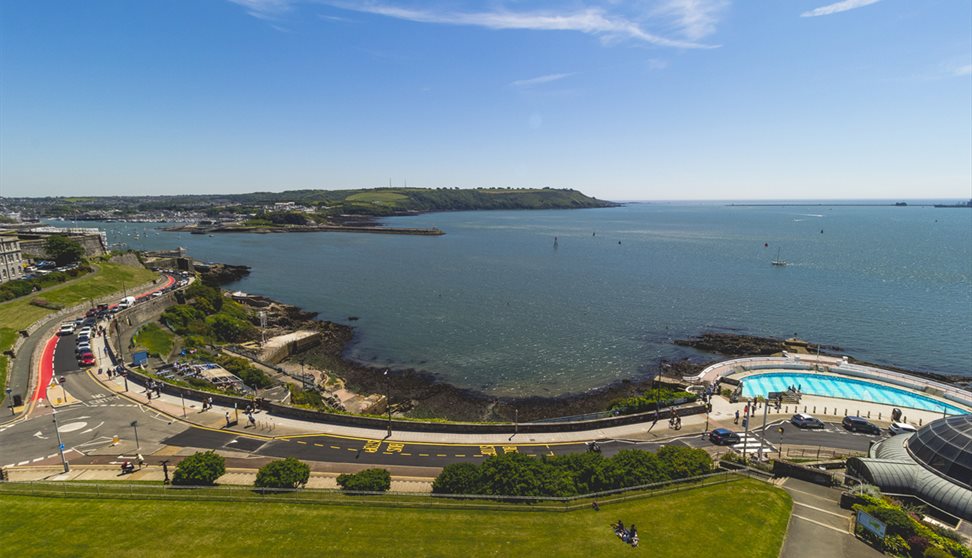About us
This magnificent coastal section runs along the eastern side of Plymouth Sound from Andurn Point northwards to Mount Batten Point. As you travel along this route you can experience a varied and impressive geology. The rocks become younger as you head north but all were laid down during the Devonian Period (395 - 354 million years ago), named after this county.
The southernmost outcrops at Andurn Point consist of mainly of red and green slates with sandstones that were deposited in lakes and rivers in seasonally arid conditions. Heading north, the dominant rocks are slates, siltstones and sandstones but these are greyer in colour and contain some marine fossils, indicating flooding of a continental edge by the incoming of the sea.
At Bovisand Bay the harder Staddon Grits appear and form the headland from Staddon Point northward. The sandstones in this formation were deposited in marine sand bars. To the north, most of Jenny Cliff Bay is cut into softer and younger marine slates but the northernmost promontory of Mount Batten Point is made of limestone laid down in a clear warm tropical sea.
Along most of this coast you can observe dramatic faults and folds in the rocks, sometimes producing a chevron pattern. These give clear evidence of the terrific pressures that were exerted on the rocks during a period of tectonic plate collision between 330 and 300 million years ago.


 to add an item to your Itinerary basket.
to add an item to your Itinerary basket.











